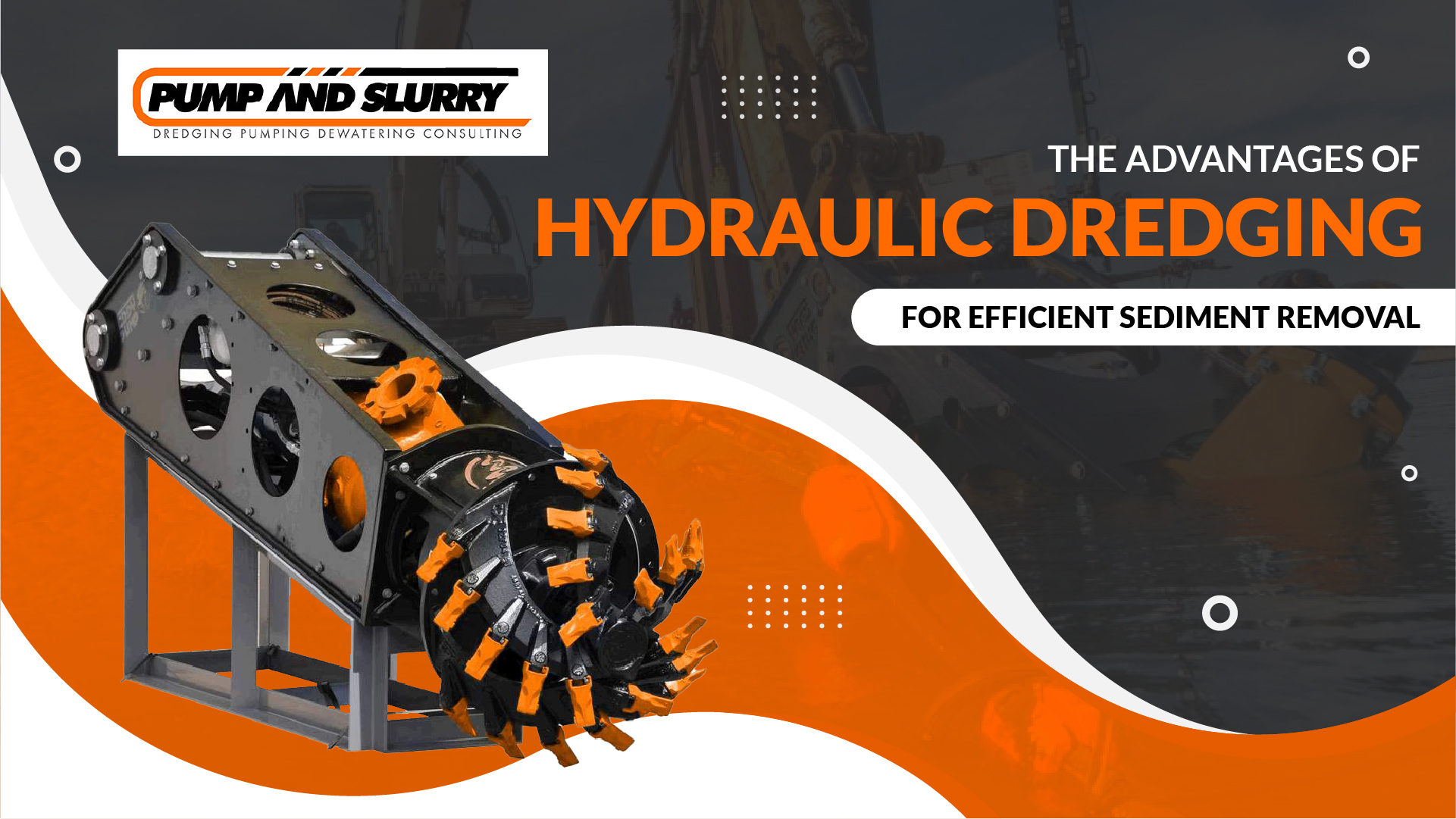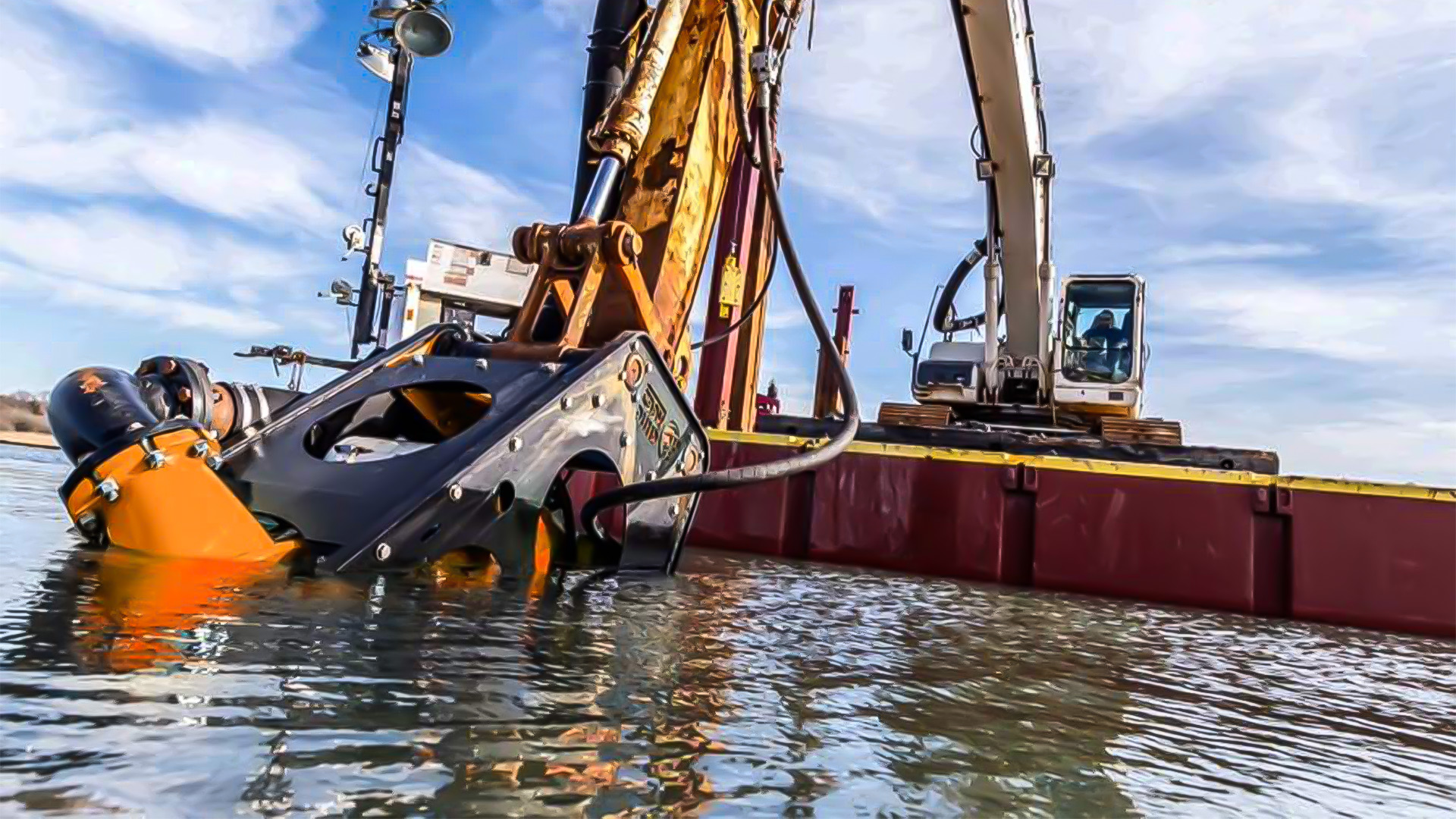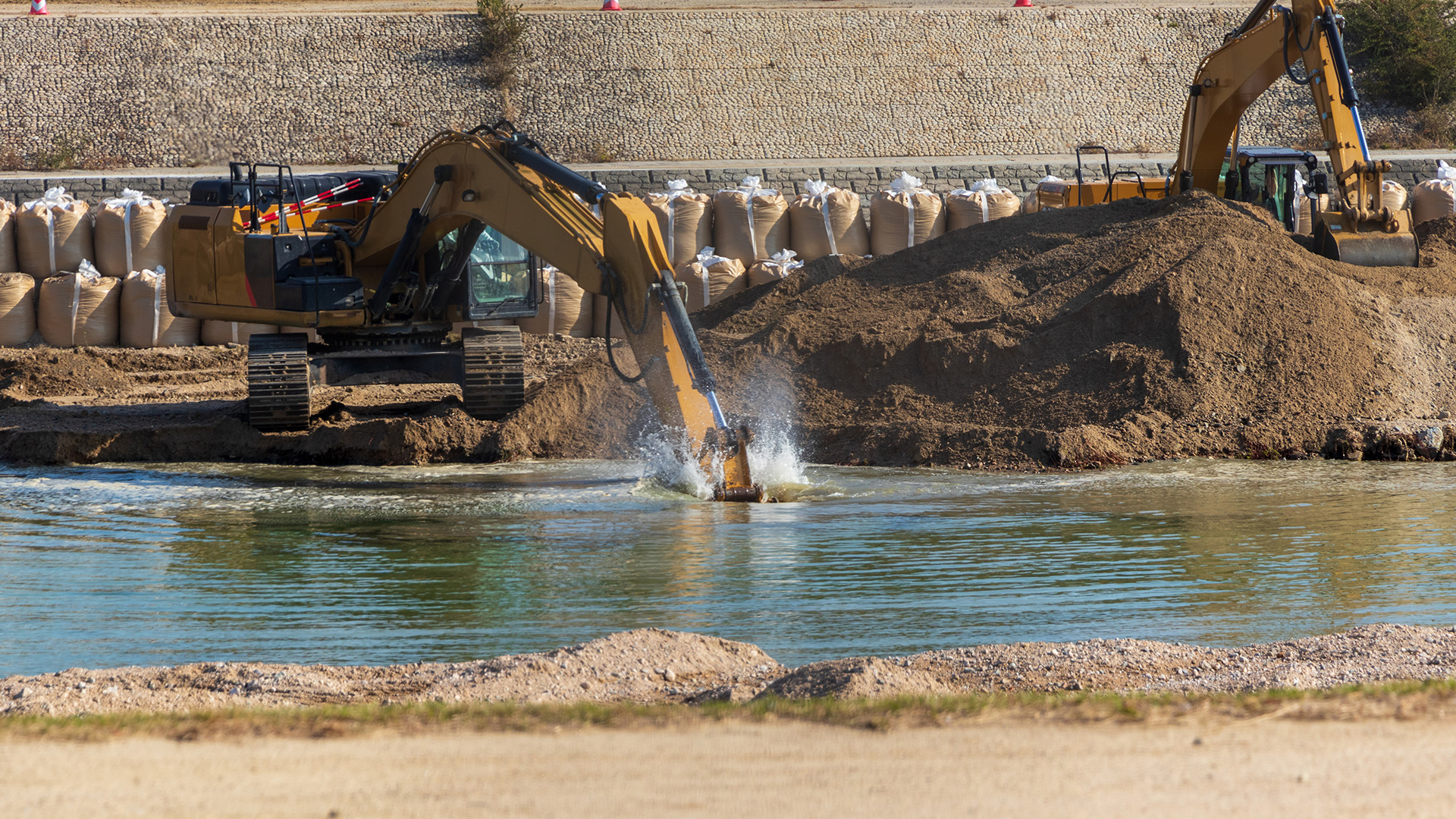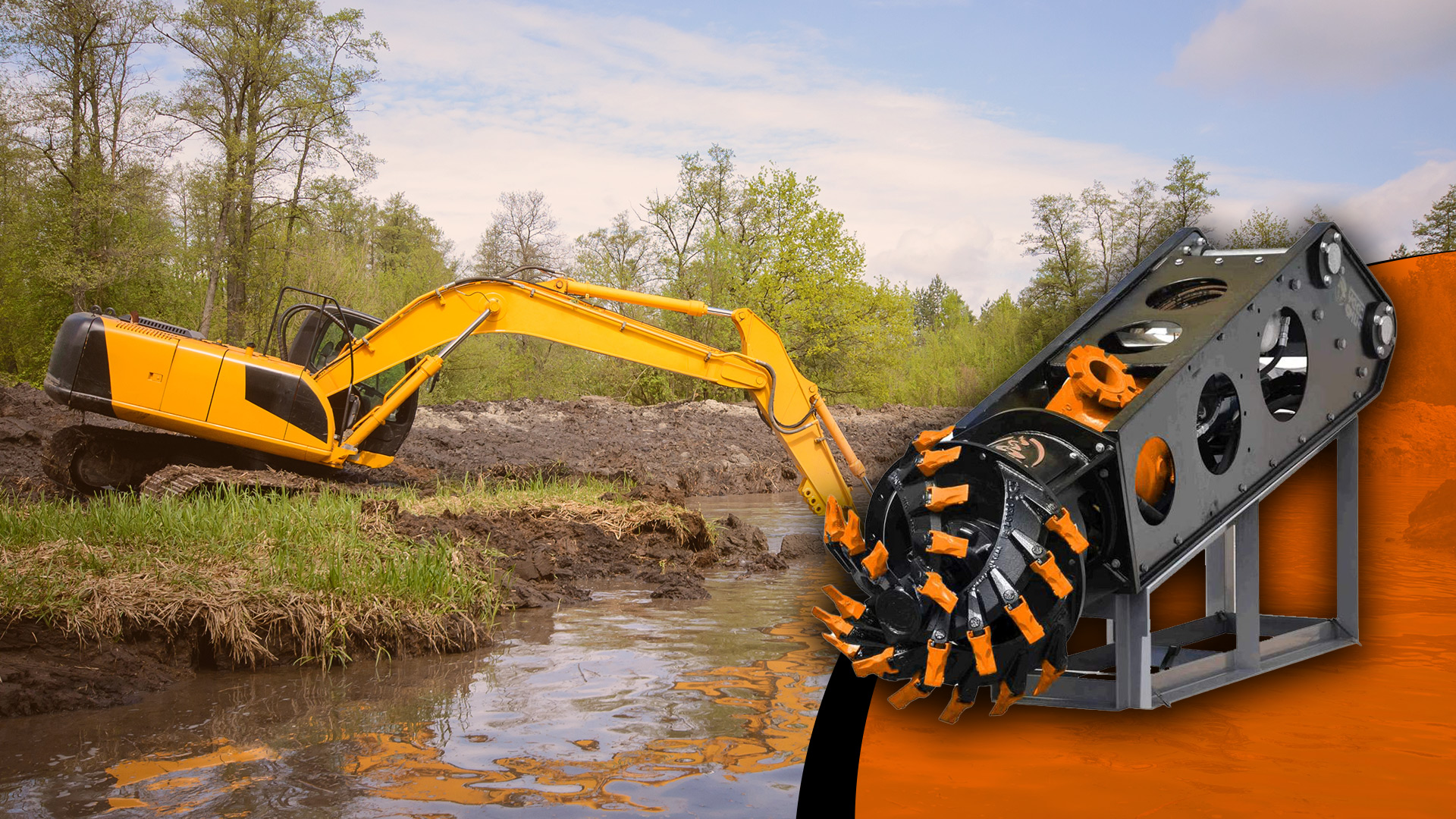
Introduction
Dredging plays a vital role in maintaining the health and functionality of waterways and coastal areas. By removing accumulated sediments, dredging helps keep shipping channels navigable, protects aquatic ecosystems, and restores water flow in rivers and lakes. Over time, sediments such as silt, sand, and gravel settle at the bottom of these water bodies, making dredging essential for preventing blockages and maintaining depth.
While mechanical dredging methods are commonly used, hydraulic dredging has emerged as a more efficient and environmentally friendly solution. Unlike mechanical dredging, which uses buckets and grabs to remove sediment physically, this method uses the power of water to transport and remove material. This article explores the many advantages of hydraulic techniques for efficient sediment removal and why they are often the preferred method in large-scale dredging operations.
What is Hydraulic Dredging?

Hydraulic dredging is a method of sediment removal that relies on water to loosen and transport material from the seabed or riverbed. This technique uses specialized in this method and types of equipment such as cutter heads, suction pumps, and pipelines to suck the sediment and pump it to designated disposal or processing sites.
The process involves breaking up sediment using a rotating cutter head, after which the loosened material is suctioned into a pipeline. A powerful pump moves the slurry (a mixture of sediment and water) through the pipeline to be discharged at a remote location, where the sediment can either settle or be treated. Hydraulic techniques are suitable for removing a wide range of sediment types, including fine silt, sand, gravel, and even larger aggregates.
Key Advantages of Hydraulic Dredging

High Efficiency in Sediment Removal
One of the most significant advantages of this method is its efficiency. The process can remove large volumes of sediment in a relatively short amount of time. Unlike mechanical dredging, which requires repetitive scooping and hauling of sediment, it is a continuous process. Once the hydraulic dredge system is operational, the suction pump and pipeline work together to transport material without the need for frequent stops.
This continuous operation results in less downtime, making hydraulic techniques highly effective for large-scale projects, such as dredging harbors, reservoirs, and waterways. The high removal rate also ensures that projects are completed faster, reducing the overall cost and time required.
Key Rental Considerations
Hydraulic dredging offers significant cost savings compared to mechanical dredging. The method requires fewer labor-intensive activities, such as manually operating cranes or transporting sediment, reducing labor costs. Additionally, the efficiency of the process minimizes fuel and hydraulic dredging equipment wear, lowering operational costs.
The direct pumping of sediment to disposal sites eliminates the need for additional transport vehicles and personnel, further reducing expenses. This cost-effectiveness makes this technique an attractive option for government agencies and private companies that need to maintain waterways without exceeding their budgets.
Minimized Environmental Impact

Hydraulic dredging is gentler on aquatic ecosystems than mechanical methods. Because it relies on water to transport sediment, there is less physical disturbance to the marine environment. This reduces the risk of harming fish, marine vegetation, and other aquatic life. This technique also results in lower levels of turbidity (water cloudiness caused by sediment particles), minimizing the impact on water quality.
Furthermore, these techniques have evolved to align with modern environmental regulations, helping to ensure that projects are completed without significant harm to the surrounding environment. The method allows for better sediment control, reducing the amount of resuspended material that could negatively affect ecosystems.
Flexibility in Application
Hydraulic dredging is highly adaptable and can be used in a variety of applications and environments. It is effective in removing various sediment types, from fine silt to coarse gravel, making it suitable for many different projects. Additionally, a hydraulic dredge can be deployed in both shallow and deep water, providing flexibility in terms of project location.
This versatility allows these techniques to be used in sensitive or hard-to-reach areas, such as marshlands, wetlands, and remote coastal regions. Whether dredging a small river or a large harbor, this technique and its equipment can be tailored to meet the project’s specific needs.
Precision and Control
Advances in technology have allowed hydraulic techniques to become more precise. Real-time monitoring systems and GPS-guided equipment enable operators to carefully control the dredging process, ensuring that only targeted areas are affected. This level of precision is particularly important when maintaining navigation channels, as it ensures that the necessary depth is maintained without disturbing surrounding areas.
The ability to pinpoint the exact locations for sediment removal and disposal minimizes unnecessary dredging and helps preserve delicate ecosystems. This greater level of control also reduces the risk of accidents or damage to critical infrastructure, such as underwater pipelines or bridges.
Applications of Hydraulic Dredging

Navigational Dredging
Hydraulic dredging is frequently used in navigational dredging to keep shipping channels open and navigable. As sediment accumulates in rivers, harbors, and ports, it can restrict access to commercial vessels. Hydraulic methods help maintain the necessary depth for safe navigation and facilitate smoother maritime operations.
Environmental Dredging
Hydraulic dredging is used in environmental dredging projects to remove contaminated sediments from water bodies. These projects are often conducted to restore aquatic habitats or reduce pollution levels. This method is particularly effective in delicate environments where minimizing disruption to the ecosystem is critical.
Land Reclamation and Beach Nourishment
The hydraulic dredge technique is commonly used for land reclamation and beach nourishment projects. By pumping sand from the seabed onto land, new land can be created, or eroded shorelines can be restored. This method supports coastal protection efforts and mitigates the effects of erosion and rising sea levels.
Mining and Resource Extraction
Hydraulic technique is also used in the mining industry to extract valuable minerals, aggregates, and resources from riverbeds and seafloors. The method is particularly effective for mining operations that involve removing large quantities of material from underwater environments.
Conclusion
Hydraulic dredging offers several distinct advantages for efficient sediment removal, including high efficiency, cost-effectiveness, minimized environmental impact, flexibility, and precision. These benefits make it the preferred choice for many large-scale dredging projects, from navigational maintenance to ecological restoration. By using hydraulic dredging equipment, project managers can achieve sediment removal goals more effectively while minimizing harm to the environment.




